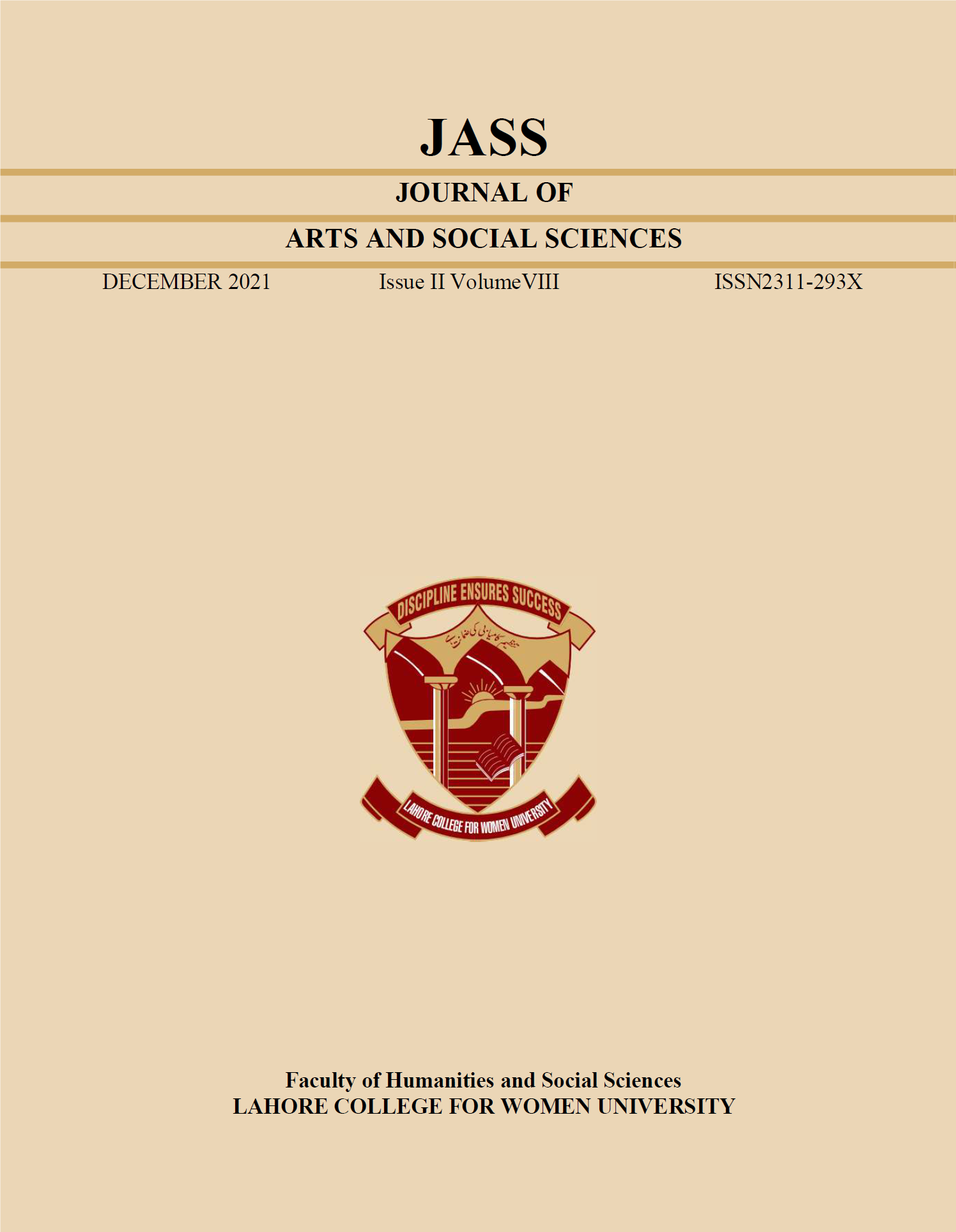IMPACT OF WORKPLACE BULLYING ON THE ATTITUDE AND PERFORMANCE OF UNIVERSITY TEACHERS
Abstract
Workplace Bullying is a form of cognitive extremism at work. It revealed in misbehavior, activities, and verbal remarks, often deceptive, used to destabilize the person. This behavior results in mental surrender. Bullying leads to the victim’s withdrawal from an institute. It often happens in the form of deleterious remarks, unjustified blame, and submitted abuses. It destabilizes the freedom of expression, isolate the victims, querying them personally and professionally, and deny their access to resources to perform their task. It threatens the victims’ health and make them insecure. The current study is designed to investigate the impact of workplace bullying on the attitude and performance of university teachers. One hundred teachers (38 males and 62 females) were selected randomly from a total of 700 faculty members. Data were collected with the help of self-developed instrument, Teachers Workplace Bullying Attitude and Performance Survey (TWBAPS) with Cronbach Alpha reliability .965. Mean, standard deviation, ANOVA and t-test were applied to analyze the results. There was a significant difference between male and female teachers’ attitude and performance. Female teachers were victimized by their colleagues and heads. They showed a more aggressive attitude and low performance. Male teachers showed more violent behaviors than females. It is recommended to stabilize the academic environment at university level by discouraging the negative attitude among faculty members.
Key words: Academic bullying, aggressive attitude, teachers’ performance






